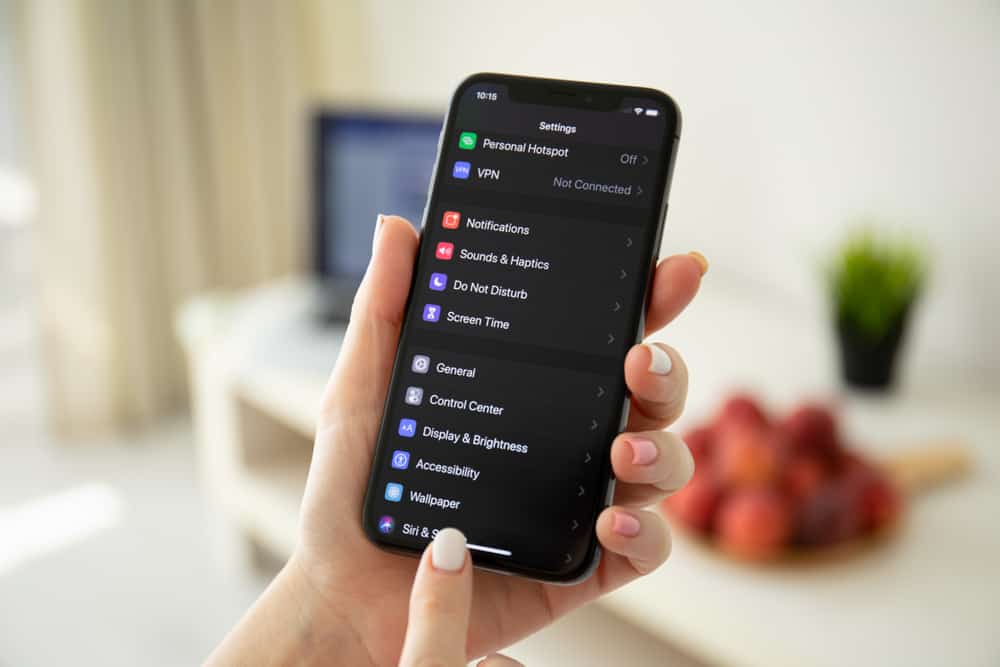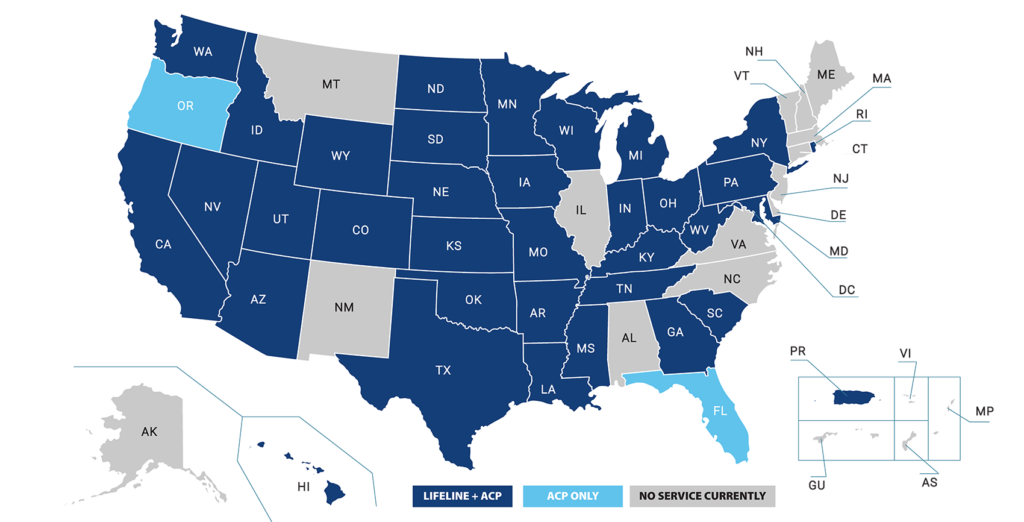As smartphones have become an essential part of our daily lives, it has become increasingly important to understand the technicalities and functionalities of these devices. One of the most important settings on your smartphone is the network mode. This feature determines how your phone connects to the cellular network and can impact your phone’s performance, battery life, and data usage. Choosing the right network mode for your phone is crucial to ensure optimal performance and connectivity.
With so many network modes available on modern smartphones, it can be confusing to know which one to choose. From 2G, 3G, 4G, and 5G to GSM, CDMA, and LTE, the options can seem overwhelming. In this article, we will explore the different network modes available on smartphones, what they mean, and which one is best for your specific needs. By the end of this article, you will have a clear understanding of what network mode your phone should be on and why it matters.
Your phone should be on the correct network mode to ensure the best coverage, speed, and performance. To find the correct network mode, you’ll need to check your phone’s manual or contact your mobile network operator. Generally, the most common network modes are GSM/WCDMA, WCDMA only, GSM only, and LTE/WCDMA/GSM.
The best network mode for your phone depends on the frequency bands supported by your carrier and phone. To get the best performance, your phone should be configured to use the supported frequency bands of your carrier. Your phone’s manual or your mobile network operator should be able to provide the information you need.

Network Mode: What Should Your Phone Be On?
You may be wondering what network mode your phone should be on. This is a common question and one that can be answered by understanding the different network modes available. Depending on your phone’s carrier and location, the best network mode to use may vary. In this article, we’ll look at the different network modes and discuss which one is best suited for your phone.
GSM Network Mode
GSM stands for Global System for Mobile Communications and is the most common type of network mode used by mobile carriers. This network mode is used in a number of countries, including the United States, Canada, and most of Europe. GSM networks use digital signals to communicate between phones and base stations, allowing for higher speeds and more reliable connections. This makes GSM networks ideal for data-heavy applications like streaming video and music.
GSM networks also allow for easier roaming between countries. By switching to a different GSM network, you can stay connected no matter where you are in the world. This is especially useful for travelers who want to stay connected while abroad.
CDMA Network Mode
CDMA stands for Code Division Multiple Access and is the second most popular type of network mode used by mobile carriers. CDMA networks are more common in North America, especially in the United States. CDMA networks use analog signals to communicate between phones and base stations, allowing for higher speeds and more reliable connections.
CDMA networks are typically more secure than GSM networks, making them a better option for those who need to protect their data. However, CDMA networks are not as widely used as GSM networks, so roaming is not as easy. In addition, CDMA networks may not be available in all areas, so it’s important to check with your carrier before switching to a CDMA network.
LTE Network Mode
LTE stands for Long-Term Evolution and is a newer type of network mode used by mobile carriers. LTE networks are quickly becoming the standard for mobile carriers and are becoming the most popular option in many countries. LTE networks use digital signals to communicate between phones and base stations, allowing for higher speeds and more reliable connections.
LTE networks are often faster than GSM and CDMA networks, making them a great option for those who need a fast connection. In addition, LTE networks have better coverage than GSM and CDMA networks, making them a better option for those who need reliable service.
5G Network Mode
5G stands for Fifth Generation and is the newest type of network mode used by mobile carriers. 5G networks are still in the early stages of development, but they are quickly becoming the most popular option in many countries. 5G networks use digital signals to communicate between phones and base stations, allowing for higher speeds and more reliable connections.
5G networks are often faster than GSM, CDMA, and LTE networks, making them a great option for those who need a fast connection. In addition, 5G networks have better coverage than GSM, CDMA, and LTE networks, making them a better option for those who need reliable service.
Choosing the Right Network Mode
When choosing the right network mode for your phone, it’s important to consider your needs and the availability of networks in your area. GSM networks are the most widely available, making them a great option for most users. CDMA networks are more secure and may be a better option for those who need to protect their data. LTE and 5G networks are the fastest options and may be a better option for those who need a fast connection.
No matter which network mode you choose, make sure to check with your carrier to ensure that the network mode is available in your area. With the right network mode, you can stay connected and get the most out of your phone.
Frequently Asked Questions
Network mode determines how your phone connects to the cellular network and is an important setting for making sure your phone works properly. It is important to select the correct network mode for your phone in order to get the best coverage and speeds.
What Network Mode Should My Phone Be On?
Your phone should be on the network mode that is compatible with the network of your wireless carrier. Most phones offer several network modes to choose from, such as GSM/UMTS, CDMA, LTE, or 5G. Depending on your location and the network of your wireless carrier, you may need to use a specific network mode in order to get the best coverage and speeds. To find out which network mode is best for your phone, contact your wireless carrier.
It is also important to note that some phones may not be able to use certain network modes. For example, a phone that only supports GSM/UMTS may not be able to use CDMA or LTE networks. If you have an older phone, it may not be able to use 5G networks. To find out which network modes are supported by your phone, you can check your phone’s manual or contact your phone’s manufacturer.
In conclusion, understanding the network modes available on your phone is crucial to ensure that you get the best possible service from your carrier. Whether you’re using a 3G, 4G, or 5G network, each mode comes with its own set of advantages and limitations. By selecting the network mode that is best suited for your needs, you can optimize your phone’s performance and guarantee a seamless user experience.
In the end, the decision on what network mode to use ultimately depends on your location, network availability, and device compatibility. As technology continues to advance, it’s essential to stay up-to-date with the latest network modes and features to ensure that you’re getting the most out of your phone. By choosing the right network mode, you can enjoy faster download and upload speeds, better call quality, and a more reliable connection. So, take the time to explore your phone’s network settings and find the perfect mode that suits your needs.



